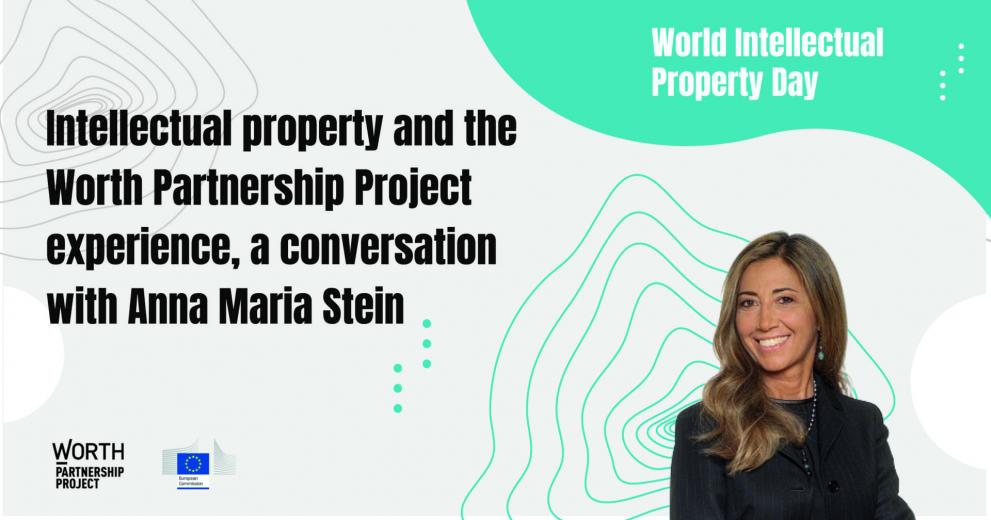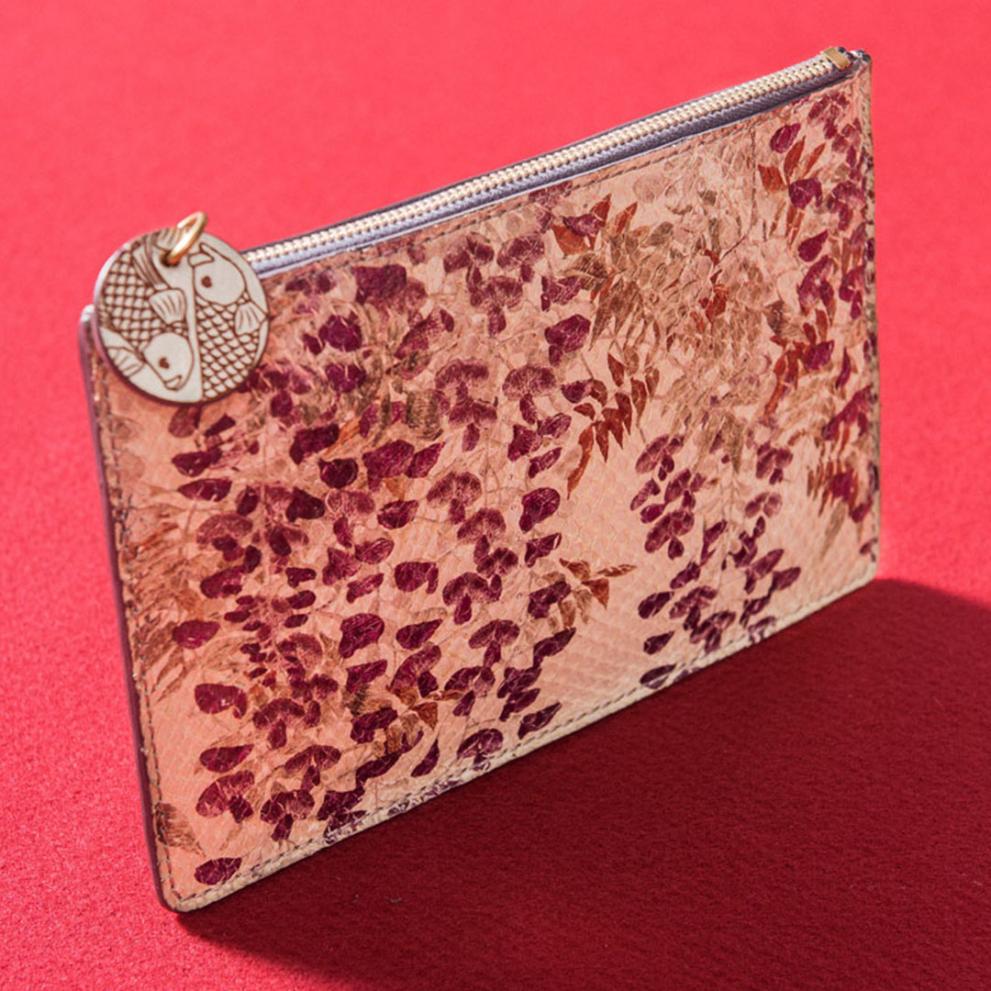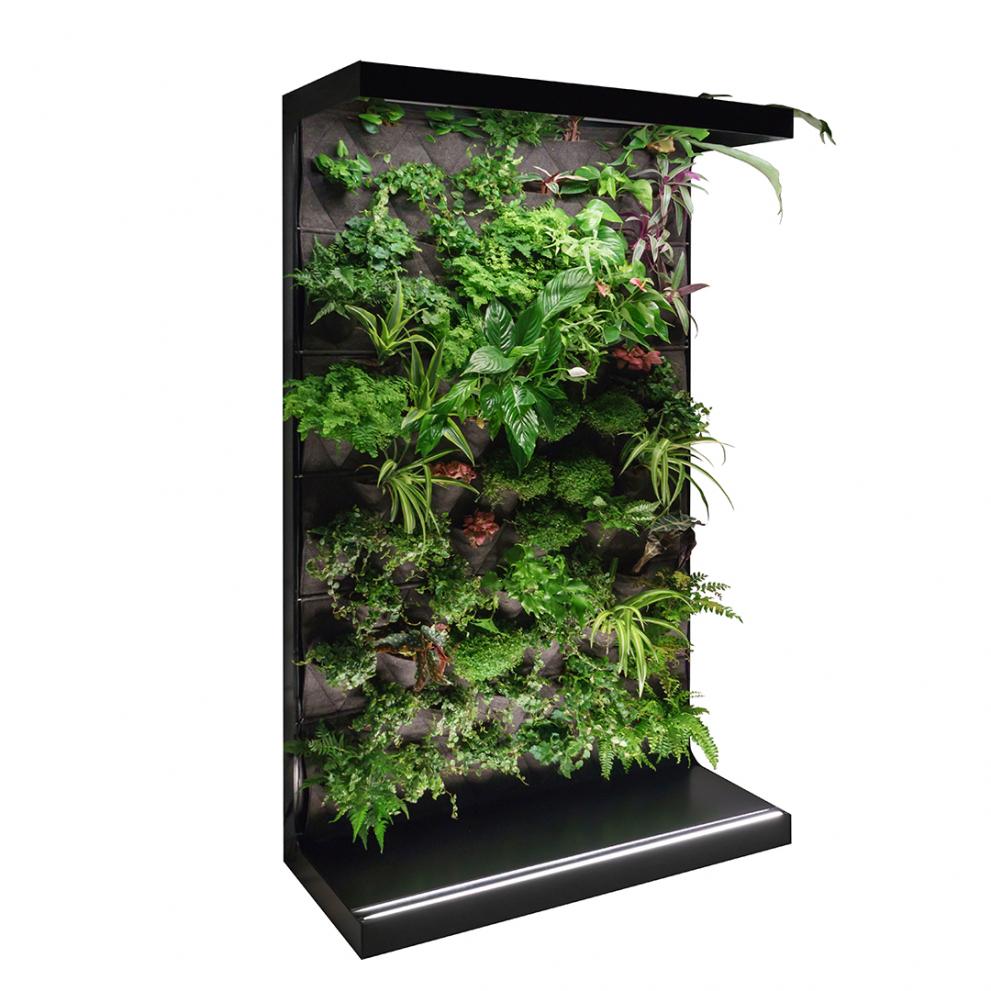
April 26th is World Intellectual Property Day, promoted by the WIPO (World Intellectual Property Organization). On the occasion of this anniversary, which aims to highlight the importance of intellectual property rights, we had an interesting conversation on the subject with Anna Maria Stein. Anna Maria is a lawyer with international experiences who follows up the calls of the European Community for the support of SMEs in the field of Intellectual Property, Innovation and Digitalization at the law firm Avvocati Associati Franzosi, Dal Negro, Setti.
Anna Maria, you supported the WORTH PROJECT partnerships in identifying the most important assets for them, supporting them in the phase of identifying intellectual property rights, patenting, design registration and trademark registration, can you explain why it is important to register an idea or a product?
Protecting a product or a service is of fundamental importance; not doing so means exposing yourself to the risk that it may be copied and consequently that a business angel (a possible investor capable of making a start-up grow by supporting it financially but also operationally) may not be interested in betting on the project that is proposed to him. Filing a design, patenting a product or a material is useful for presenting oneself in the best possible way and giving our interlocutor the possibility of understanding the possible business prospects related to it. In addition, intellectual property rights are valuable as they can be, for example, bought and sold or even licensed and can thus be an important asset for a company and even more so for an SME, so it is essential to consider how they can be maximised. Last but not least, intellectual property can not only have a commercial, but also a social and environmental impact, which increases its importance.
Do you think the importance of intellectual property is correctly perceived by designers and SMEs?
In my opinion, unfortunately not yet; very often small businesses, freelancers and designers perceive intellectual property as a purely legal issue, difficult to understand and very expensive. I think that the real importance of intellectual property has not been well understood, which is really a pity because it exposes them to the risks we have talked about.
You have been working for the WORTH Partnership Project on providing legal support to partnerships regarding the protection of intellectual property. Can you tell us some interesting case histories?
WORTH Partnership Project was one of the very first EU calls for proposals to offer winners, in addition to a financial contribution, technical, marketing and mentoring support, and also legal support to identify IP assets and have them protected while identifying the best way to protect them as a real IP strategy. In the cases I have dealt with, I have been confronted by various situations where patents, trademarks or designs were already present, or which needed an upstream intervention and therefore more in-depth advice.
The First Call FISHSKINLAB project, for example, already had a patented system to obtain an eco-sustainable leather from the waste skin of salmon processed in the food industry. This is a very interesting project as it introduces the issue of sustainability and its relationship with intellectual property, which will certainly be relevant in the near future. Basically, the partners of this project, through the use of technology have renewed a historical process used by many Arctic coastal cultures: the waste skin of fish processing is imprinted by 3D printing acquiring unique characteristics. The resulting products are intended to replace those of the traditional leather industry, without compromising on quality and design.
If, on the other hand, we want to look at a project that required a more detailed consultation, I am thinking of GARDIN: BRING NATURE INSIDE. Also part of the First Call, this project involved the development of an innovative vertical garden designed to be used in interiors, as a natural and at the same time technological decoration. At the heart of the project, there was a special natural fabric panel that absorbs water and thus allows the plants hanging from it to survive. This was a particularly interesting case because we had to understand what aspect had to be protected at the level of intellectual property, as the elements that made up Gardin were actually very simple. What we were able to do was to protect the design of the inner panel, on which the plants are then placed; it’s a clear example of how – when you can’t protect a product as a whole – you can still protect at least a part of it. I found it so interesting that I always quote it!
Is there any advice you would like to give to designers, SMEs and freelancers approaching the topic of intellectual property?
Absolutely, and that is to be aware of the nature and extent of your intangible assets, to understand what you can protect and do it as soon as possible. For SMEs, young designers and freelancers, it is very important to have good support in this process, allowing them to make an objective assessment and prepare an effective protection strategy, as well as to take advantage of possible funding programmes both at national and EU level to cover initial costs. This is a fundamental step because, as I said in the beginning, even if it may seem complicated or expensive, if it is not done, it may preclude access to funding, as well as the protection of certain rights. All this must be done at the beginning of the activity, because if the decision is delayed, it may happen that in the meantime the idea or even the product can be copied – or patented by someone else. The right questions to ask in order to make a complete evaluation are ‘what can I protect about my project? What is particularly innovative? How can I enhance it?”. A final suggestion that I would like to give to those reading this is not to divulge – even simply on social networks or on the Internet in general – information relating to your project before having completed the phase of examination and evaluation of possible IP rights (think of the hypothesis of a patent). Many people do not know this, but this is a mistake that, however unintentional, can preclude the entire process, which is really a shame when you have a valuable asset to register.




Details
- Publication date
- 26 April 2021
- Author
- European Innovation Council and SMEs Executive Agency
- News Type
- Inspire
- Worth News
